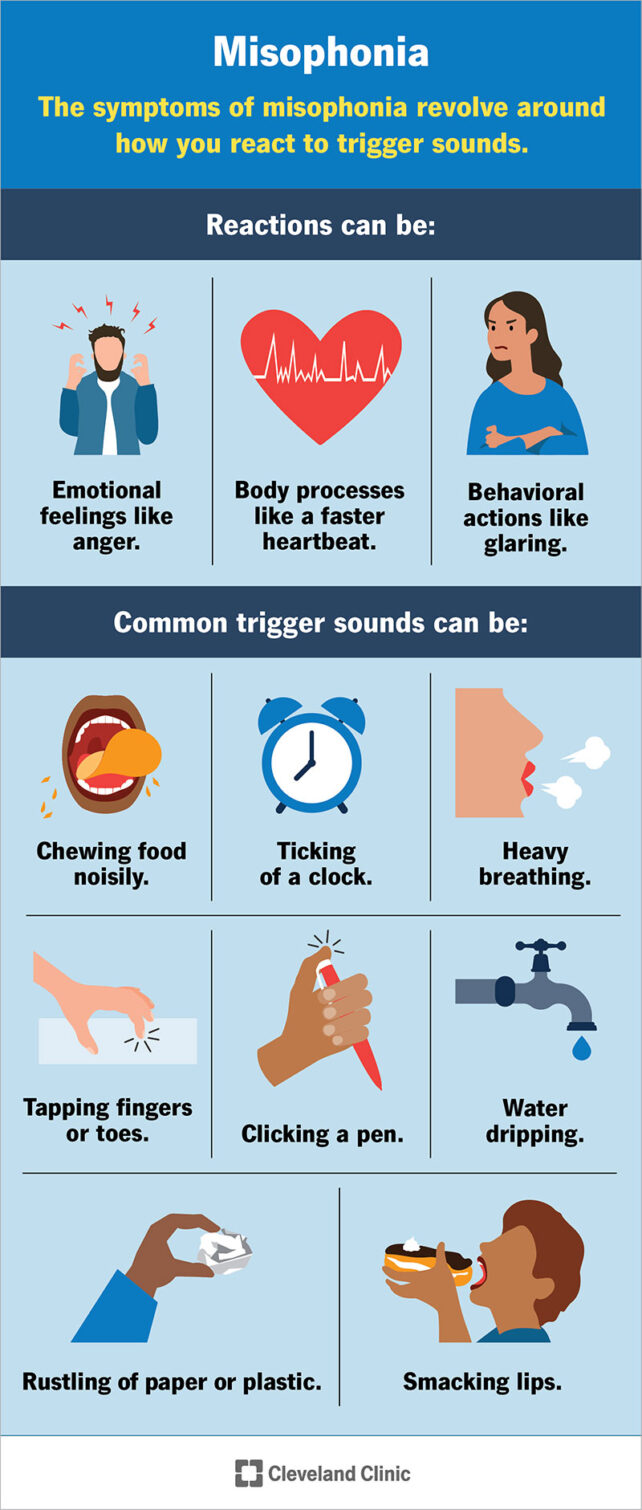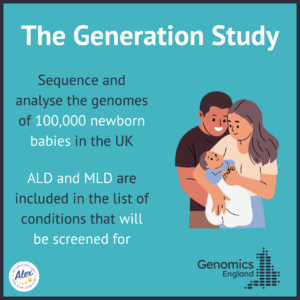Reading the title of this article confused me at first but after going through it I am more invested in polar bears than I was when I was 10. With warming climates worldwide, polar bears are being forced to adapt, and this is showing in their DNA. This is believed to be the first documented case of environmental change driving genetic change (note for my answer on the final).

Researchers say that this is because warming sea temperatures reduce the amount of ice flows that polar bears can hunt off of, causing their need to diversify.
Even though polar bears are adapting to the world around them, they are still projected to go extinct within the next century. This is truly upsetting to me as polar bears are some of my favorite animals in the world. I will be doing my part and donating to conservation funds and hoping that it is not too late.
Dawson Fournier
Source: https://www.nbcnews.com/world/greenland/polar-bears-adapting-survive-warming-climate-rcna248805
Secondary: https://abcnews.go.com/International/polar-bears-rewriting-dna-survive-warming-arctic-study/story?id=128278604







